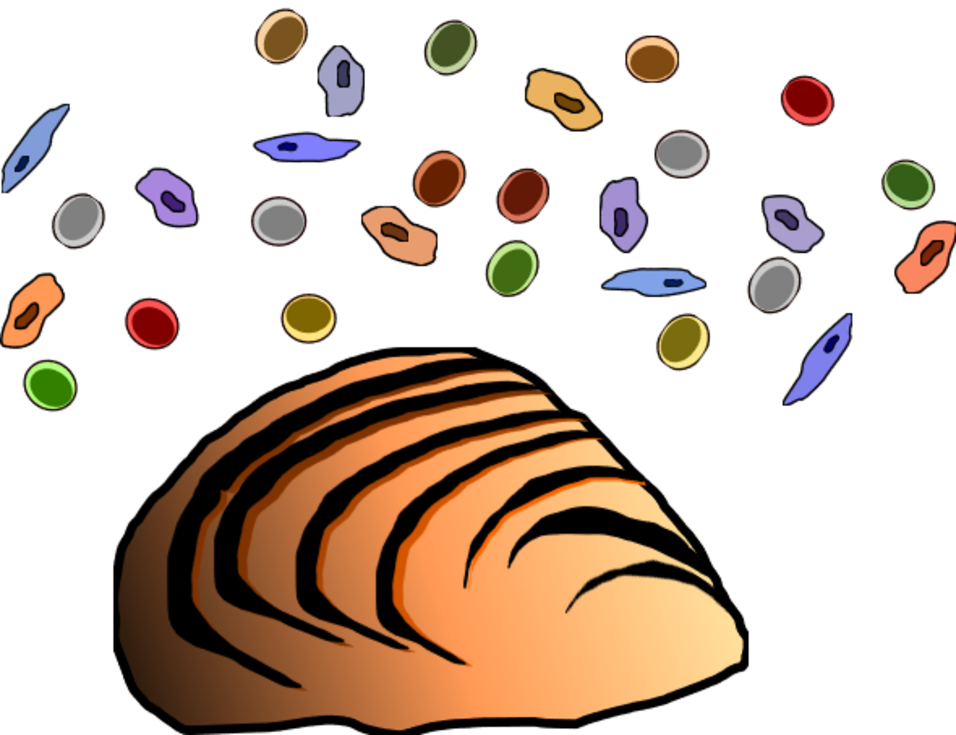Advisor: Andreas Wanninger
PhD Defensio - Wednesday, May 18th 2022, 4:00 pm CET
Join Zoom Meeting
https://univienna.zoom.us/j/66151653650?pwd=cU5mVDRGVEw5T201RlUwbWt6SGEzZz09
Meeting ID: 661 5165 3650
Passcode: 576531
Abstract
Mollusks are known for their highly diverse repertoire of body plans especially in the Conchifera, one of the two major lineages that comprises those taxa that originated from a uni-shelled ancestor. For most clades, and bivalves in particular, data concerning the molecular basis essential to this morphological variation is scarce. Initially, we investigated Hox expression during development of the quagga mussel, Dreissena rostriformis, to elucidate to which degree they might contribute to specific phenotypic traits as in other conchiferans. Hox expression in Dreissena is first detected in the gastrula with widely overlapping expression domains of most genes, shifting towards more compact, largely mesodermal domains in the trochophore larva. The non-collinear mode of Hox expression in Dreissena might be a result of low degree of body plan regionalization along the bivalve anterior-posterior axis as exemplified by the lack of key morphological traits such as a distinct head, cephalic tentacles, radula apparatus, and a simplified central nervous system. Furthermore, we profiled single cell transcriptomes of distinct cell populations from the trochophore larva of Dreissena. To annotate these cell populations, gene sets underlying the clustering were examined and compared to expression data of their orthologs in other lophotrochozoans. Genes expected to be specific to certain tissues, such as prototrochal cells, muscle cells, among others, corroborate that the recovered cell clusters reflect the larval body composition of our animal. Finally, we compared and analyzed genes expressed in the shell field. Analyses in this cluster indicate that there is a significant emergence of novel genes shaping the unique transcriptomic signatures of shell field cells from Dreissena. Alternating temporal expression dynamics of these genes suggests a possible independent evolutionary origin of the embryonic shell (protoconch I) and the larval shell (protoconch II). Altogether, we provide a molecular atlas of developmental processes and tempo-spatial gene expression profiles underlying bivalve development that significantly expands knowledge regarding ontogenetic factors driving molluscan morphological diversity.

